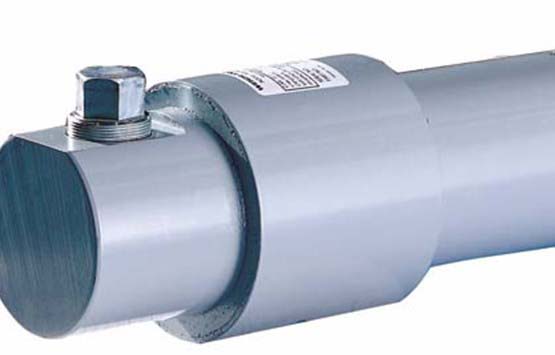- Home
- Tank Hopper Scales
- Tank-Avery Weigh Tronix
- Weigh Bar
Weigh Bar
$10
The Weigh Bar® was designed to overcome the shortcomings of the load cell and to provide the user with a rugged, highly reliable and linear load sensing device at reasonable cost. More than twenty years of extensive use in industrial, farm and transportation applications has demonstrated that the Weigh Bar has met these requirements. The unique, robust design of the Weigh Bar is the primary reason for this success.
- FeaturesInherent Protection
The unique design of the Weigh Bar eliminates the need for external mechanical protection or ball feet, extending the life of the scale and foundations.
Potting Material
Fully welded NEMA 4X (IP68) cans on stainless steel Weigh Bars and 5 point sealing (IP67) potting compound on alloy steel Weigh Bars for protection in severe environments
Hazardous Environments
Atex/Factory Mutual approved for use in instrumentally safe hazardous environments.
Sensors
Sensors mounted to a robust area of the sensor for high reliability and overload protection.
Sealed
The Weigh Bar is well protected against harsh environments by an exclusive 5-layer sealing process: Acrylic, Polysulfide, Primer, Polyurethane and Metal Shield.
Wiring
All wiring is routed inside the Weigh Bar’s internal structure. No sensor wiring is exposed to the elements.
Accuracy
NTEP: Class III, 5,000 d;
Class IIIL, 10,000 d
OIML: R60 7,000 d performance.
Steel Construction
Each Weigh Bar is milled from a solid piece of aircraft-quality alloy or stainless steel. Stainless steel Weigh Bars are welded with a pulse tig process. - Operation
Measuring Applied LoadThe Weigh Bar steel structure acts as a cantilever, unsuspended on one end and fixed on the other. A load is applied to the unsuspended end. The pair of sensors attached to the outside of the Weigh Bar detect strain in the bar. This strain is interpreted by indicator electronics to display a weight.
Note that most Weigh-Bars have two sensor pairs, top and bottom to provide an amplification factor and simplify electronics.
- Error Reduction-The unique design of the Weigh Bar allows simple calculations to be made by the indicator, eliminating several types of errors:
- End Loading – When an end load is applied to the Weigh Bar, it is subjected to a uniform compressive strain throughout its length – all sensors detect the same strain.
- Torsion Effects – When torque is applied to the Weigh Bar, a uniform torsional shear strain is developed through the length of the bar – both sensors detect the same strain.
- Side Loading – When a side load is applied to the Weigh Bar, it acts as a beam, but at a 90-degree angle. When this occurs, the neutral axis of the beam (the point in the beam where neither tension or compression occur) falls directly under the center of the strain gauges. No apparent strain is seen by the gauges.
- Vibration –The fine grain structure of aircraft quality steel is resistant to vibration fatigue and induced error. The strain gauges and adhesive used are also vibration and fatigue proven
- Get a Quote

